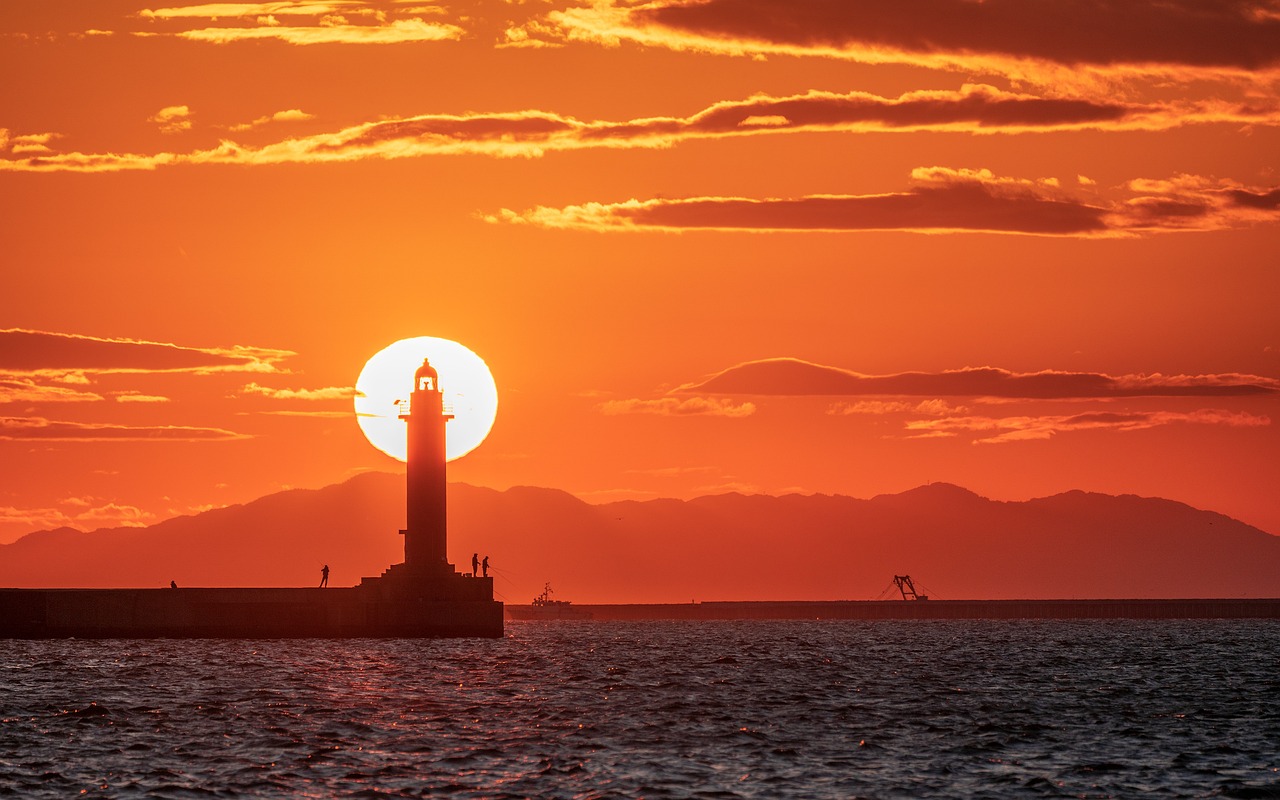The Impact of Climate Change on Popular Travel Destinations
Climate change is a pressing issue that affects all aspects of our lives, including the way we travel. Popular travel destinations around the world are experiencing the consequences of climate change, leading to shifts in tourism patterns, ecological disruptions, and economic impacts. In this article, we will explore the impact of climate change on some of the most beloved travel destinations globally.
Caribbean Islands
The Caribbean Islands are renowned for their pristine beaches, turquoise waters, and vibrant coral reefs. However, rising sea levels and more frequent hurricanes due to climate change pose a significant threat to these idyllic destinations. Coastal erosion, flooding, and coral bleaching are becoming increasingly common, impacting both the environment and the tourism industry.
Alaska
Alaska’s glaciers are melting at an alarming rate due to warming temperatures, leading to profound changes in the landscape. Tourists flock to this region to witness the majestic beauty of glaciers, but many are now receding rapidly. Additionally, the loss of sea ice in the Arctic is affecting wildlife populations, such as polar bears and seals, further altering the tourism experience.
Great Barrier Reef, Australia
The Great Barrier Reef is the largest coral reef system globally, attracting millions of visitors each year. However, rising ocean temperatures and ocean acidification are causing widespread coral bleaching and degradation. As a result, marine biodiversity is declining, impacting not only the reef ecosystem but also the tourism industry dependent on it.
Venice, Italy
Venice is a romantic and picturesque city famous for its canals, gondolas, and historic architecture. However, it is also one of the most endangered cities regarding climate change. Sea level rise, flooding, and erosion threaten the preservation of this UNESCO World Heritage site, prompting concerns about its long-term viability as a tourism destination.
Maldives
The Maldives is a tropical paradise consisting of over 1,000 coral islands known for their luxury resorts and vibrant marine life. However, the low-lying islands are particularly vulnerable to sea-level rise, with some predictions suggesting they could become uninhabitable within the next few decades. This existential threat jeopardizes the entire tourism industry of the Maldives.
FAQs
1. How can travelers minimize their impact on climate change when visiting these destinations?
Travelers can reduce their carbon footprint by choosing eco-friendly accommodation, supporting local sustainable businesses, and participating in responsible tourism activities such as beach clean-ups and wildlife conservation efforts.
2. Are there any initiatives in place to mitigate the effects of climate change on these popular travel destinations?
Many governments, environmental organizations, and businesses are implementing measures to combat climate change and protect these destinations. These initiatives include reef restoration projects, renewable energy transition, and community resilience programs.
3. What can policymakers do to address the challenges posed by climate change on tourism?
Policymakers can enact regulations to reduce greenhouse gas emissions, invest in sustainable infrastructure, and promote climate change education within the tourism industry. Collaboration between governments, businesses, and local communities is crucial to safeguarding these travel destinations for future generations.
In conclusion, the impact of climate change on popular travel destinations is profound and multifaceted. It is imperative for travelers, businesses, governments, and communities to work together to mitigate these effects and ensure the long-term sustainability of these beloved destinations.





